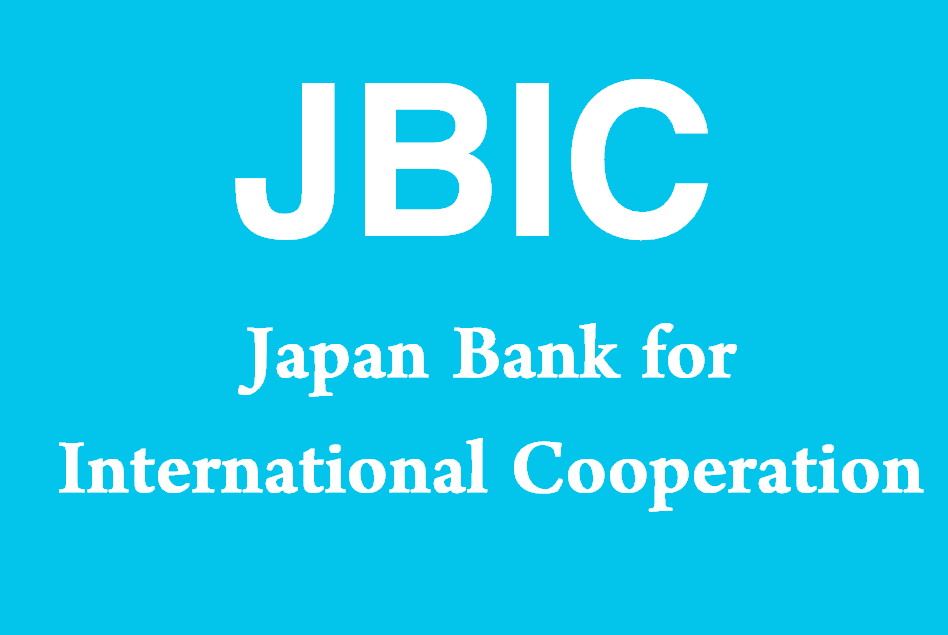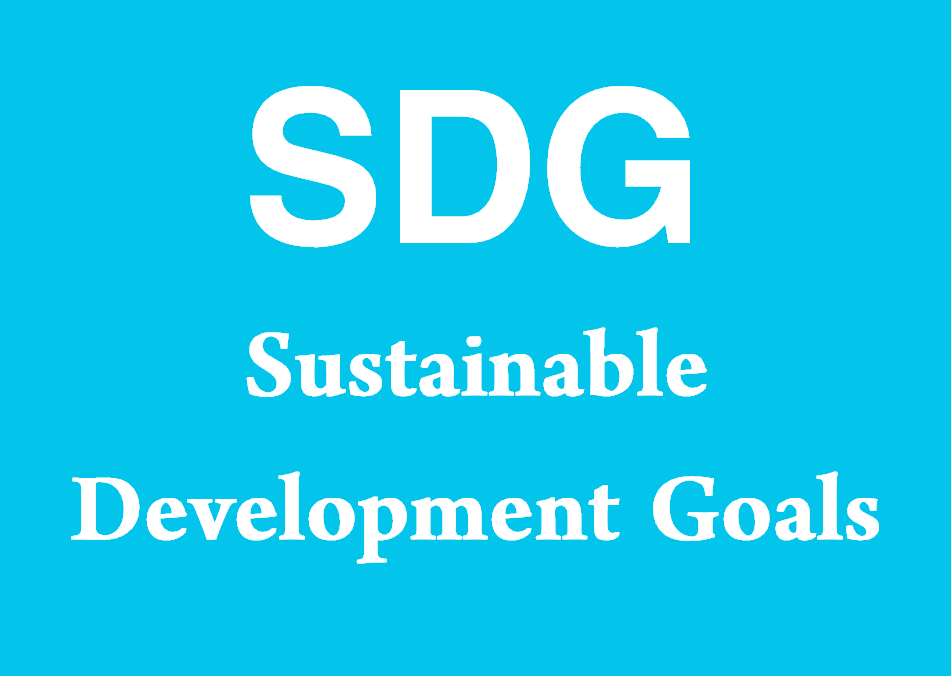What Does ADB Stand For?
ADB stands for Asian Development Bank. It represents a multilateral development finance institution dedicated to promoting economic growth, social progress, and sustainable development in the Asia-Pacific region through investment projects, policy advice, technical assistance, and knowledge sharing.

Comprehensive Explanation of Asian Development Bank
The Asian Development Bank (ADB) is a regional development finance institution established to foster economic growth, reduce poverty, and promote sustainable development in the Asia-Pacific region. Since its inception in 1966, ADB has played a pivotal role in financing infrastructure projects, supporting social development initiatives, and facilitating regional cooperation to address the diverse development challenges facing its member countries. Through its financial resources, technical expertise, and policy dialogue, ADB endeavors to improve the quality of life and promote inclusive and environmentally sustainable growth across Asia and the Pacific.
Mission and Objectives of ADB
The primary mission of ADB is to promote economic and social progress in the Asia-Pacific region by providing financial assistance, technical expertise, and policy advice to its member countries. ADB’s overarching objectives include:
- Poverty Reduction: ADB aims to alleviate poverty by investing in projects and programs that promote inclusive economic growth, enhance livelihood opportunities, and improve access to basic services such as education, healthcare, and sanitation.
- Infrastructure Development: ADB supports the development of infrastructure assets critical for economic growth and regional integration, including transportation networks, energy systems, water supply, and sanitation facilities.
- Environmental Sustainability: ADB promotes environmentally sustainable development by investing in projects that mitigate climate change, protect natural resources, and promote clean energy technologies.
- Regional Cooperation and Integration: ADB fosters regional cooperation and integration among its member countries to promote economic synergies, facilitate trade and investment flows, and address common challenges through collective action.
- Private Sector Development: ADB works to catalyze private sector investment and entrepreneurship by providing financial support, technical assistance, and policy advice to facilitate business development and enhance the enabling environment for private sector participation.
Operational Modalities of ADB
ADB operates through various modalities to achieve its development objectives, including:
- Project Financing: ADB provides loans, grants, and technical assistance to finance development projects and programs in sectors such as infrastructure, agriculture, education, health, and governance. These projects aim to address specific development challenges and contribute to sustainable economic growth and poverty reduction.
- Policy Dialogue and Advocacy: ADB engages in policy dialogue with governments, civil society organizations, and other stakeholders to promote policy reforms, institutional capacity building, and good governance practices conducive to sustainable development. Through policy advocacy and technical assistance, ADB supports its member countries in formulating and implementing sound development policies and strategies.
- Capacity Building and Knowledge Sharing: ADB offers technical assistance, training programs, and knowledge sharing activities to enhance the capacity of government agencies, civil society organizations, and other stakeholders in project planning, implementation, monitoring, and evaluation. By sharing best practices, lessons learned, and innovative solutions, ADB contributes to the building of human capital and institutional capacity across the region.
- Partnerships and Collaboration: ADB collaborates with other development partners, including multilateral development banks, bilateral donors, international organizations, and the private sector, to leverage resources, expertise, and networks for greater development impact. Through strategic partnerships and coordinated efforts, ADB enhances the effectiveness and sustainability of its development interventions.
Governance Structure of ADB
ADB operates under a governance structure comprising three main organs:
- Board of Governors: The highest decision-making body of ADB, consisting of representatives from its member countries. The Board of Governors meets annually to review ADB’s operations, approve its financial statements, and set strategic directions and policies.
- Board of Directors: The Board of Directors, composed of executive directors representing ADB’s member countries and regions, oversees the day-to-day operations and management of ADB. It approves loans, grants, and technical assistance projects, as well as policies and strategies to guide ADB’s operations.
- Management: ADB’s management team, led by the President, is responsible for implementing the policies and decisions of the Board of Directors, managing ADB’s operations and resources, and providing leadership and direction to achieve ADB’s development objectives.
Regional Presence and Partnerships
ADB maintains a regional presence through its headquarters in Manila, Philippines, and regional offices located in various countries across Asia and the Pacific. These regional offices facilitate closer collaboration with member countries, government agencies, development partners, and other stakeholders to identify development priorities, design tailored solutions, and ensure effective implementation of ADB-supported projects and programs.
ADB also collaborates with a wide range of development partners, including multilateral development banks, bilateral donors, international organizations, civil society organizations, and the private sector. Through strategic partnerships and coordinated efforts, ADB leverages resources, expertise, and networks to maximize the impact of its development interventions and promote sustainable development outcomes in the region.
Notes to Importers
Importers seeking to engage with ADB-supported projects or benefit from its development initiatives can consider the following notes:
- Explore ADB Financing Opportunities: Familiarize yourself with ADB’s financing instruments, eligibility criteria, and project priorities to identify potential opportunities for collaboration or funding support. ADB provides various financing options, including loans, grants, and technical assistance, to support projects in sectors such as infrastructure, energy, agriculture, education, and healthcare.
- Understand ADB Procurement Procedures: If participating in ADB-funded projects, understand ADB’s procurement guidelines, processes, and requirements to ensure compliance and facilitate smooth project implementation. ADB follows internationally recognized procurement practices to promote transparency, competition, and value for money in project procurement activities.
- Engage in Stakeholder Consultations: Engage with ADB and project stakeholders, including government agencies, civil society organizations, local communities, and other development partners, to ensure alignment of project objectives, priorities, and stakeholder interests. Collaboration and consultation with stakeholders contribute to project success, sustainability, and social acceptance.
- Promote Environmental and Social Sustainability: Consider environmental and social sustainability principles and best practices in project planning, design, and implementation to minimize adverse impacts and enhance project benefits. ADB prioritizes environmentally and socially sustainable development by integrating environmental and social considerations into project decision-making processes.
- Leverage Technical Assistance and Capacity Building: Take advantage of ADB’s technical assistance, training programs, and capacity-building initiatives to enhance your organization’s capabilities in project management, environmental and social safeguards, and sustainable development practices. ADB offers a wide range of capacity-building resources and knowledge-sharing platforms to support project stakeholders in building skills and expertise.
Sample Sentences and Their Meanings
- The government secured financing from ADB to fund the construction of a new highway infrastructure project: In this sentence, “ADB” refers to the Asian Development Bank, indicating that the government obtained financial support from ADB to finance the construction of a new highway infrastructure project.
- ADB’s technical assistance helped improve water supply systems in rural communities: Here, “ADB” denotes the Asian Development Bank, highlighting its role in providing technical assistance to enhance water supply systems in rural communities, contributing to improved access to clean and safe drinking water.
- The NGO partnered with ADB to implement a sustainable agriculture project: In this context, “ADB” signifies the Asian Development Bank, indicating that the non-governmental organization collaborated with ADB to implement a sustainable agriculture project aimed at promoting agricultural productivity, resilience, and environmental sustainability.
- ADB-supported initiatives aim to promote inclusive economic growth and reduce poverty: This sentence demonstrates the use of “ADB” as an abbreviation for the Asian Development Bank, emphasizing its role in supporting initiatives that promote inclusive economic growth and poverty reduction across the Asia-Pacific region.
- The company participated in ADB-funded projects to expand its business operations: Here, “ADB” refers to the Asian Development Bank, indicating that the company engaged in projects financed by ADB to expand its business operations and capitalize on opportunities for growth and development.
Other Meanings of ADB
| Acronym Expansion | Meaning |
|---|---|
| Android Debug Bridge | A command-line tool used for communicating with an Android device for development and debugging purposes, enabling developers to execute commands, transfer files, and debug applications on Android devices from a computer. |
| Air Drive Bushing | A component used in automotive transmissions and drivetrains to support and guide rotating shafts or gears, providing smooth operation, reduced friction, and improved durability in vehicle powertrain systems. |
| American Database | A database management system developed by the United States government for storing, retrieving, and managing digital information, including records, documents, and datasets, for administrative, research, and analytical purposes. |
| Aggregate Demand and Supply | Economic concepts used in macroeconomics to analyze the behavior of total demand and total supply in an economy, including factors influencing consumer spending, investment, government expenditure, and net exports, affecting overall economic output and price levels. |
| Assistant Director of Bands | A leadership position within a school or university band program responsible for assisting the band director in conducting rehearsals, coordinating performances, teaching instrumental techniques, and managing administrative tasks related to the band program. |
| Apple Desktop Bus | A serial communication interface used in early Apple Macintosh computers and peripherals to connect input devices such as keyboards, mice, and trackballs to the computer system, allowing for data transmission and device control over a single cable connection. |
| Asynchronous Data Bus | A data transfer mechanism in computer architecture and digital systems where data signals are transmitted and received independently of a clock signal, allowing for flexible timing and communication between multiple devices or components within a system. |
| Adaptive Debugging | A software debugging technique that dynamically adjusts debugging strategies, breakpoints, and inspection methods based on real-time analysis of program behavior, execution paths, and error conditions, aiming to improve efficiency and effectiveness in identifying and resolving software bugs. |
| Advanced Development Blocker | A term used in project management and software development to describe obstacles, challenges, or issues that impede progress, hinder productivity, or require significant resources and effort to overcome, delaying the completion of project milestones or deliverables. |
| Automatic Double-Bottoming | A trading strategy in financial markets where investors or traders attempt to capitalize on a reversal pattern characterized by two consecutive declines in asset prices followed by a subsequent upward movement, signaling a potential trend reversal from bearish to bullish. |






